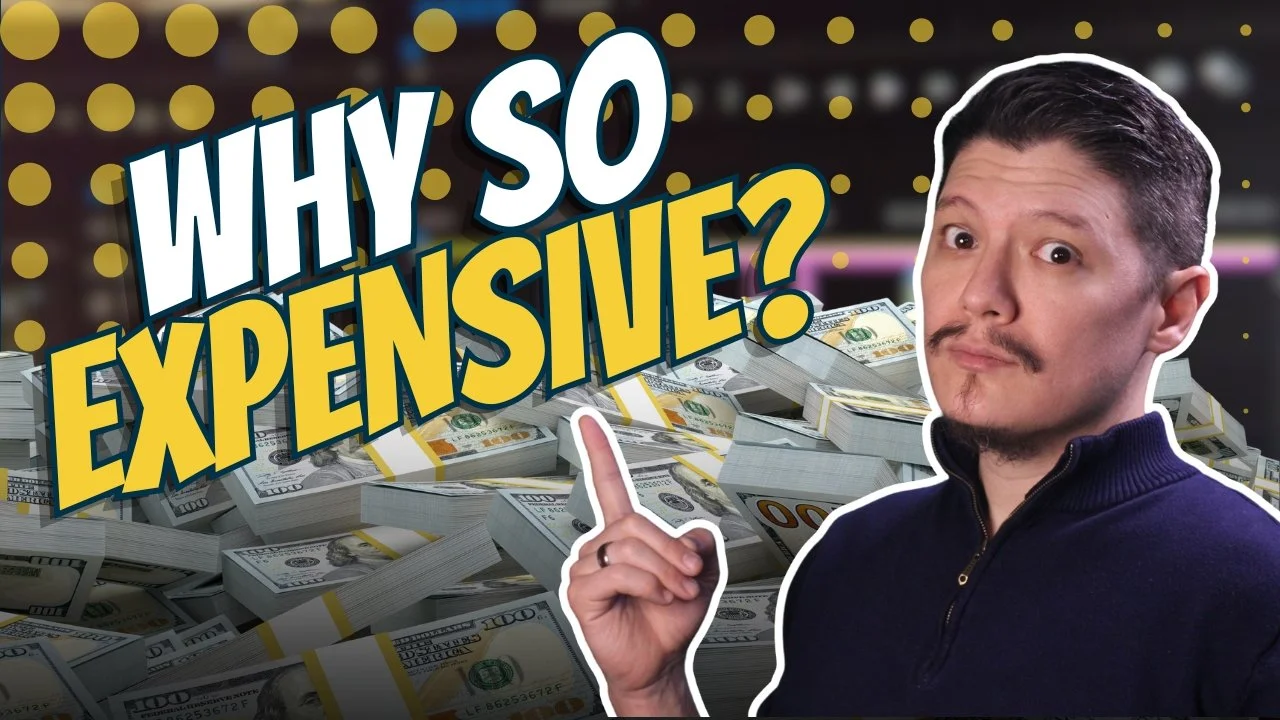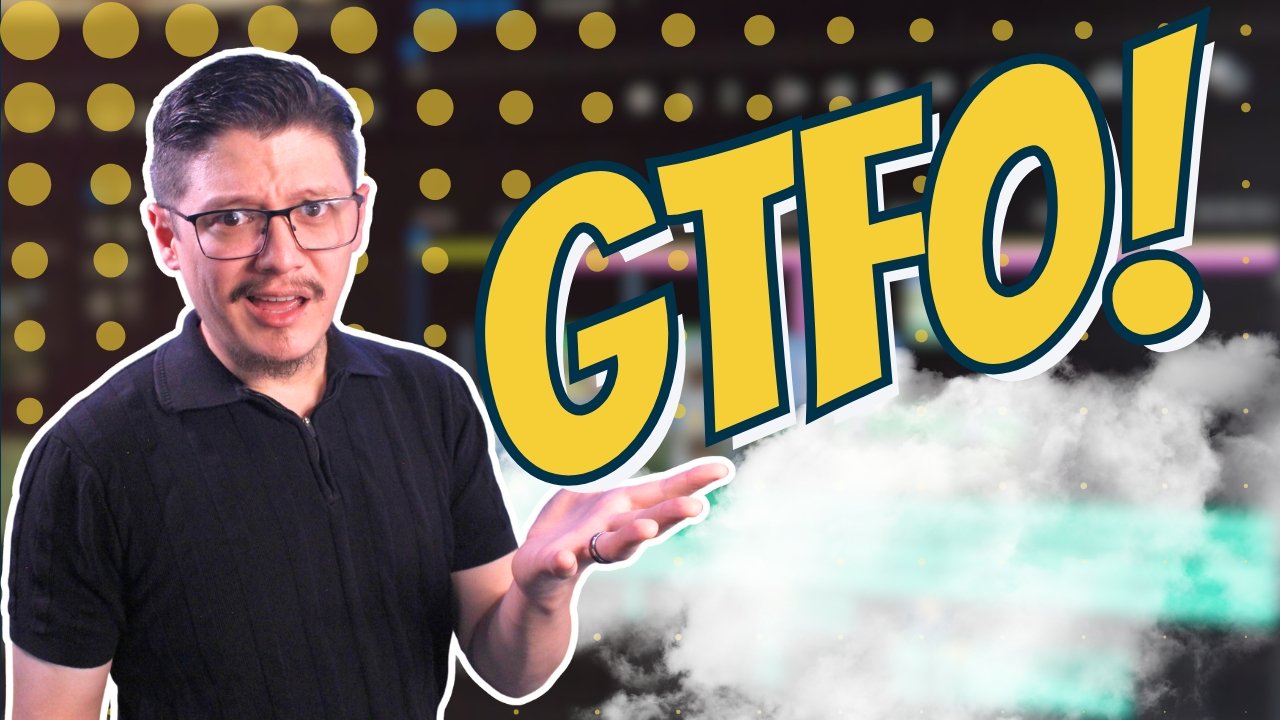Debunking 3 Common Myths About Pre-Visualization in Indie Film Production
Pre-visualization, or pre-viz, is often regarded as a luxury in the world of independent filmmaking, especially when budgets are tight. But in reality, pre-viz is one of the most crucial parts of the visual effects (VFX) pipeline. It saves time, prevents costly mistakes, and ensures that everyone on set knows exactly what they’re working toward.
Yet, despite its benefits, many indie filmmakers skip this step, often because they believe certain myths about pre-viz that are simply not true. In this post, we'll dive into three of the most common misconceptions that hold filmmakers back from using this powerful tool—and explain why adopting pre-viz is the smartest move for your next project.
Myth 1: Pre-Viz Costs Too Much
A major myth surrounding pre-viz is that it's too expensive, especially for smaller productions. Many indie filmmakers assume they can't afford it, and so they go without. But skipping pre-viz to save a few dollars can end up costing a lot more in the long run.
Pre-viz helps you plan out complicated VFX shots before the camera even starts rolling. By working through potential issues in advance, you avoid expensive post-production fixes, reshoots, or delays caused by on-set confusion. It's like having a blueprint for your entire production, and when you consider how much money it saves during the shoot, pre-viz is an investment that often pays for itself many times over.
Not only does it save time and reduce the likelihood of mistakes, but it also clarifies the vision for everyone involved—meaning fewer misunderstandings and smoother communication between departments.
Myth 2: I’m Not an Artist, So I Can’t Use Pre-Viz
Another common misconception is that pre-viz requires you to be an artist or animator. Some filmmakers are intimidated by the idea of pre-viz because they think it involves complex drawing or 3D modeling skills they don’t have.
The truth is, pre-viz doesn’t require artistic talent. You don't need to be an expert illustrator to create storyboards, animatics, or rough 3D models. There are plenty of accessible tools that can help you visualize your scenes without having to hand-draw a single frame. Software like Storyboarder, FrameForge, and even mobile apps can generate simple but effective visuals for your project. These tools allow you to communicate your ideas clearly, without needing to create detailed artwork yourself.
Remember, pre-viz isn’t about creating a masterpiece—it’s about communicating the shot composition, camera movement, and timing in a way that your team can understand and execute.
Myth 3: My Production Is Too Small to Need Pre-Viz
Many indie filmmakers think pre-viz is only for big-budget movies with complicated visual effects, but that couldn’t be further from the truth. Even for small productions, pre-viz can be a game-changer.
Whether you're working on a simple dialogue scene or an intricate action sequence, pre-viz helps you identify the best angles, camera setups, and movements ahead of time. This means less guesswork on set and more efficient shooting. Small-scale productions often don’t have the luxury of extensive shooting days, so maximizing efficiency is critical—and pre-viz helps make that happen.
Moreover, for productions that involve any kind of VFX, no matter how minor, pre-viz allows you to map out each element precisely. By doing this, you can identify challenges that might not be obvious until post-production. Fixing those issues in post can be time-consuming and costly, but by pre-visualizing them upfront, you can avoid these roadblocks entirely.
Why Pre-Viz is a Must-Have for Indie Filmmakers
Pre-viz is not just for the big players in Hollywood. It’s an invaluable tool for any filmmaker who wants to streamline their production, communicate effectively with their team, and avoid costly mistakes. By adopting pre-viz, you’ll enhance your creative control and give yourself a clearer roadmap to follow during production.
And here's a special tip: Pre-viz can also help you sell your script! By showing potential investors or studios exactly how your film will look, you make your vision come to life on paper (or screen), making it easier for others to understand the value and potential of your project.
No matter the size of your budget, pre-viz is an essential step for any project looking to maximize its resources and minimize unnecessary costs. So next time you're planning a film, don't skip this crucial phase—it might just save your project.










